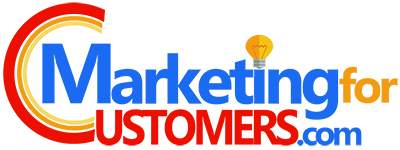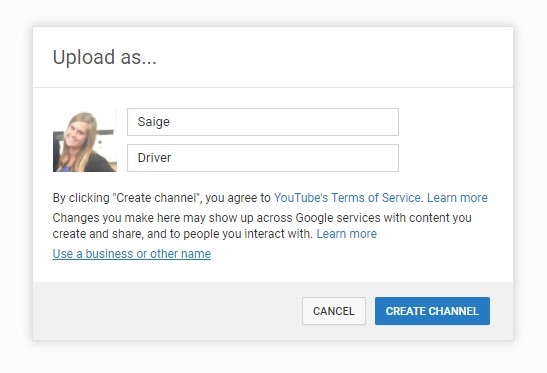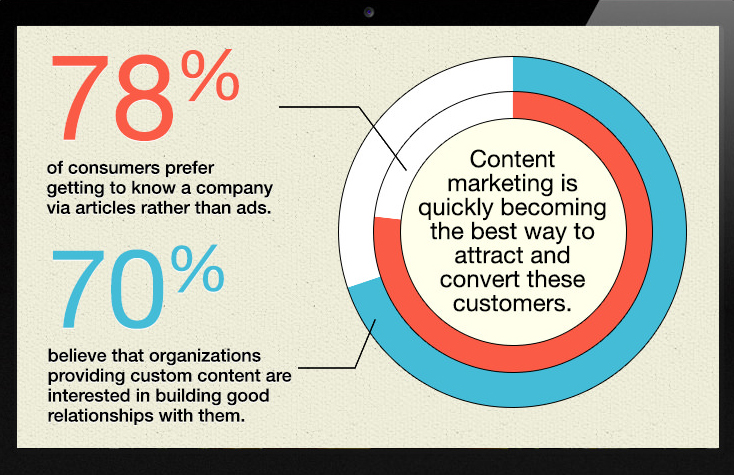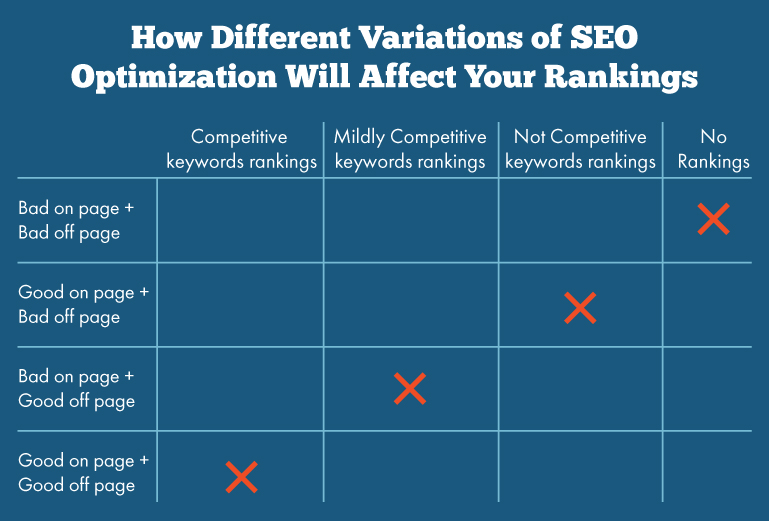Essential HTML Tags For SEO And Social Media Ultimate Guide

HTML tags are code elements with the back end of all web pages; however, specific HTML code types provide search engines with key information for SERPs. Typically, these elements highlight parts of your content that are relevant for Googles search, and they describe those elements for search crawlers. With that said, you do not have to use all these extra code tools. Search engines are getting smarter, and there is much less use for HTML tags these days than there was in times past. However, a few tags are still holding on- and some have even gained in search engine optimization (SEO value).
In this blog post we will cover:
What is HTML?
Essential HTML Tags That You Should Know
- Title Tags
- Fine-Tune Meta Description Tags
- Header Tags
- Head Tag
- Canonical Tags
- Responsive Site Meta Tags
- Alt Tag and how it impacts search engines
- Link building
- The Robots tags
- Schema markup
- Meta robots tags
- HTML5 Semantic tags
How To Optimize Your HTML Tags: Checklist
Here is a summary:
- HTML elements are vital ranking factors and are part of any perfectly optimized page.
- To avoid confusion, this is not a guide to SEO or HTML
- There are a lot of pro tips to watch out for; keep reading
What is HTML?
Essential HTML Tags That You Should Know
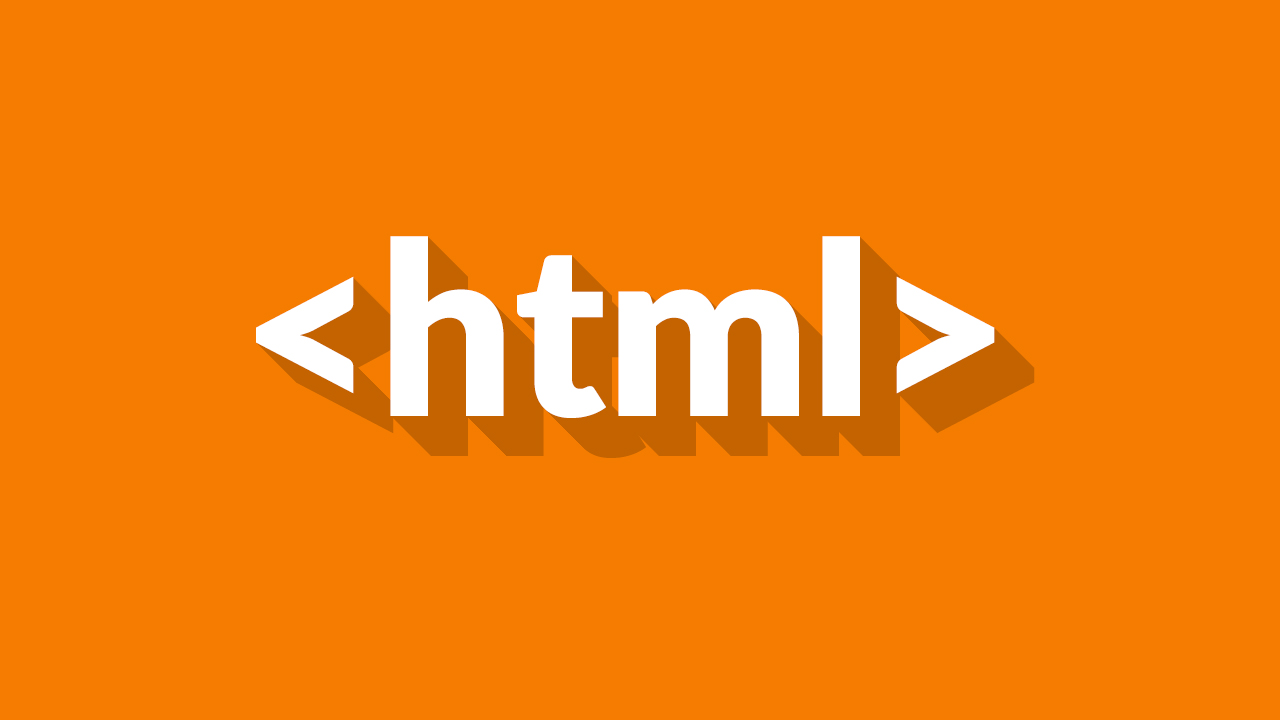
Simply put, HTML is a markup language that forms the basis of most web pages content. It is arguably one of the essential parts of technical SEO. Using HTML elements, SEO professionals, web developers, and content marketers are able to communicate information about the page to search engine bots and users. Let us look at the must-know SEO HTML (HyperText Markup Language) tag list. These are some of the essential elements you need for your website.
Title Tags
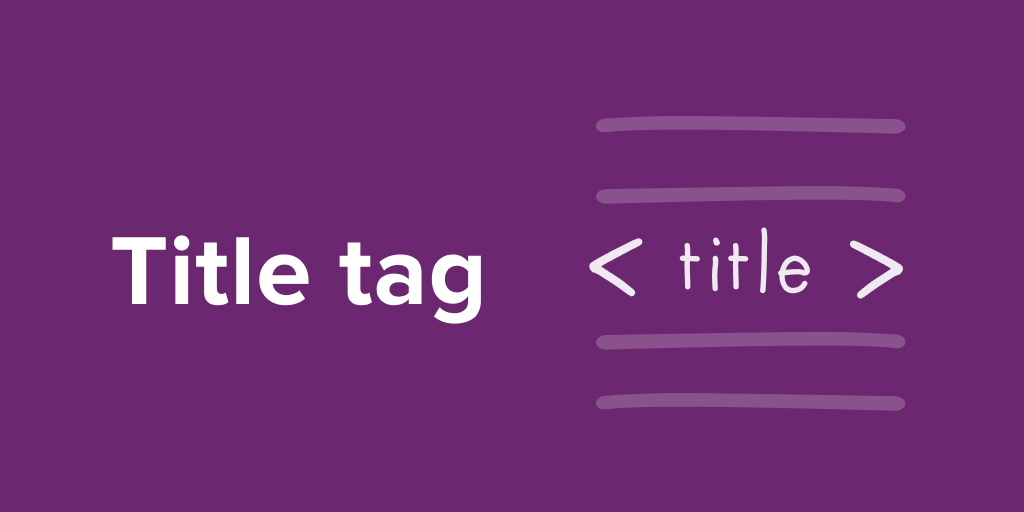
This is one of the essential HTML tag for SEO. A title tag is the label of the content and how searches see your page in Bing and Google. Every result that you see in a search engine is derived from the title tag. So does the article title have to match the tag? Not really. But, you want to ensure you are not confusing your potential visitors. For instance, using the title, ‘5 Methods of Baking Chicken’ and then changing the title tag to: ‘<title>’ Why You Should Eat Chicken/ </title>” would confuse the visitors. What if the searchers were looking for recipes? The person would skip this post in the search.
However, using something like “<title>15 Ways to Bake Chicken in 2021</title>” relates to the post as well as letting people know the recipes are up to date for 2021. The point is your title tag is vastly essential to SEO and human searching. Search engines and people alike will go off this information when searching for specific topics. Typically, optimizing the title tag gives you some control over the way a given page’s content is represented in the SERPs. It is worth the effort to optimize your title tags. Make it simpler for humans and search engines when looking up your content.
Best practices for Title tags
Your title should comprise targeted keywords that will help it appear in search results. It should also be attractive enough to users to actually click through, so a balance is needed between search optimization and user experience:
- Include a reasonable number of keywords: Keywords stuffing is likely to get penalized; however, one or two keywords will be okay. Just ensure that your title forms a coherent sentence.
- Watch the length: Google only displays the first 50 to 60 characters of your title and cuts the rest. It is not an issue to have a title that is longer than 60 characters, as far as you fit the essential information before the cut-off point.
- Add your brand name: If you have a recognizable brand that is likely to boost your click-through, then you can add it to the title as well.
- Write good copy: Do not be salesy, and do not be generic. Create descriptive titles that show the value of your content, and set up proper expectations so that users are not let down when they visit the page.
Fine-Tune Meta Description Tags
Another vital HTML tag for search engine optimization is the meta description. Similar to titles, this information shows in search results of Google. Check under the link for any search. Typically the snippet of text under the title is normally pulled from the description tag. Typically, Meta description tags are utilized to set up descriptions within search result snippets.
For example, take a look at this meta tag:
<meta name= ‘description’ content= Buy high quality bicycle parts and save money while riding through California”.
This an example of someone utilizing the key phrase high quality bicycle parts while also highlighting the business might be in California. It is what Google will display when the article is shown in search results pages. It is best if you utilize your keyword in the title and the meta description tag. It boosts how search engines list your content.
Header Tags
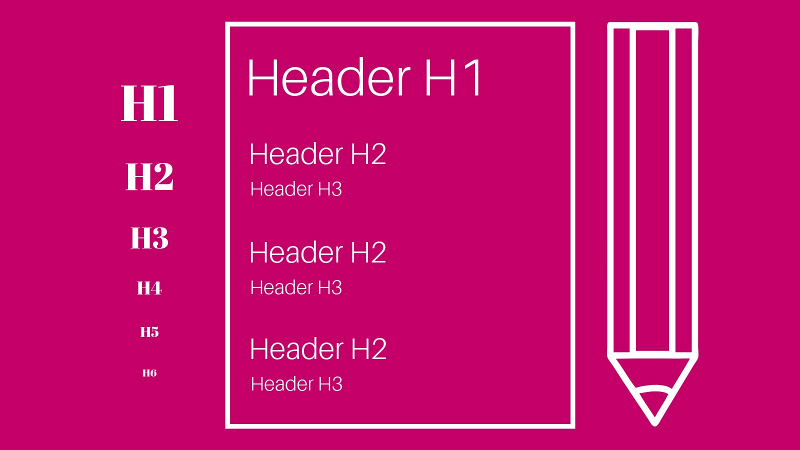
Header tags are usually used to break up the content to make it easier to read. Generally, about 55% of visitors will only spend 15 seconds at most skimming your content. Headers make it simpler for these people to find what they are looking for quickly. Here is an example; what if I have a reader on this blog who is merely interested in Open Graph tags? The user can then scroll down to find the header for it and get the information. Otherwise, the reader can leave the page without engaging the content at all. IWhen it comes to SEO, header tags are also what search engines deploy to help determine segments of content and form featured rich snippets.
Below is the hierarchy of header tags:
- H1 tags: Usually reserved for web page titles.
- H2 tag: Highlights the topic of the title.
- H3 tag: Reflects points in regards to the topic
- H4 tag: Supports points from h3
- H5 tag: Not usually used; however, great for supporting points of h4 tag.
Best practices:
The rules and guidelines for headings are derived from the basic copywriting practices:
- Do not use more than one H1
- Form query like headings
- Be consistent with all headings
- Maintain shallow structure
Head Tag for SEO
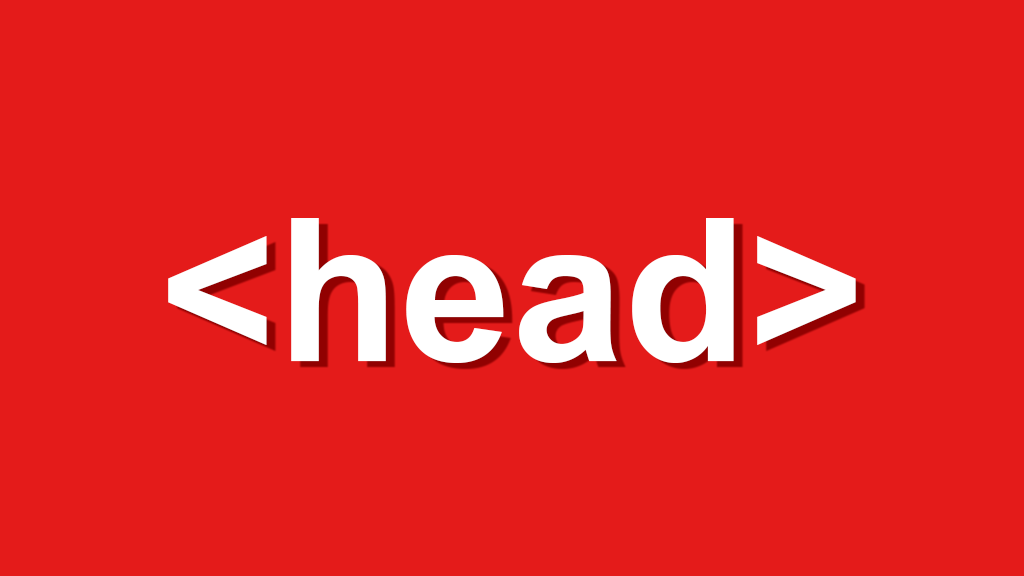
The head tag contains metadata (character set, document title, styles, scripts, links), particular information about the web page that is not displayed to the user. Metadata offers browsers and search engines with technical information about the web page. It is important to know about the head tag since this is where some of the crucial HTML for SEO need to be housed.
The head includes the following elements:
- The base tag defines an absolute base URL for all relatives URLs.
- The style tag comprises CSS code that defines how HTML elements should be rendered in a browser.
- The title tag denotes the title of a web page (required). It might be confused with the H1 tag; however, they are different. The h1 tag specifies the title of page content, while the title tag is medata representing the title of the whole HTML content and not its content.
- The meta tag offers additional information (metadata) about HTML documents. The head of a page can incorporate different types of meta elements that might contain name and content attributes.
- The nonscript tag denotes alternate text, which is displayed, if the browser does not support scripts or scripts are disabled by the user.
- The script tag comprises a script (typically JavaScript) or reference to an external file with scripts. This element might be included in the head. Sometimes, it is better to put it at the bottom of the body. The script element might seem empty; however, it is not.
- The link tag denotes the relationship between the present HTML document and the resource to which it refers or comprises a link to an external style sheet. It can have style sheets and href attributes. Href can help you create functional hyperlinks.
Canonical Tags
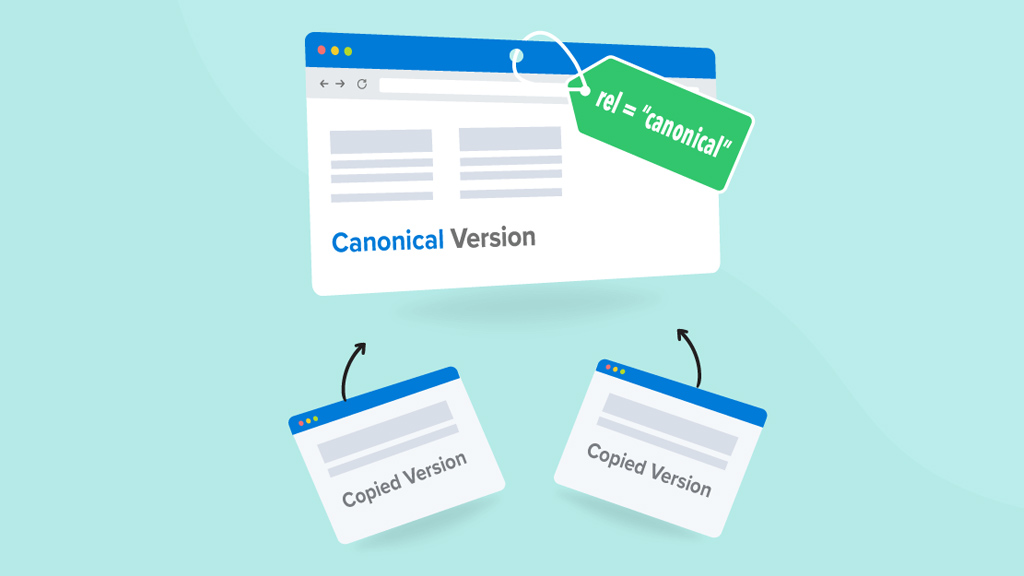
Once you create a website, it might be accessible in a variety of ways. For example, all of these can link to the same website:
- https://www.yourwebsite.com
- http://www.yourwebsite.com
- https://yourwebsite.com
- http://yourwebsite.com
Canonical tags are quite beneficial in terms of rankings. These typically tell sites such as Google what domains are the most essential to you. Maybe you want a specific domain layout as your primary. So instead of having rankings spread across various variations of your domain name, you are specifically informing Google which one you want to rank. This is among some of the more essential HTML tags for SEO, mainly if you are trying to market a specific URL. In a way, you can compete with yourself as every URL will rank on its own. Canonical tags important HTML tags in sparing you from the threat of duplicate content.
The idea is any given web page, even though not your fault, can have several addresses. Sometimes they result from various artifacts, and other times they result from various customization and sorting available in product catalogs. It is not a big product; apart from that, all those addresses could be taxing on the crawl budget and on your web page authority, and it can mess with your performance tracking.
SEO best practices for canonical tags
To avoid potential SEO complications, use canonical tags to the following pages:
- Dynamic pages that create their own URL parameters
- Pages with similar content
- Pages accessible through different URLs
Responsive Site Meta Tags
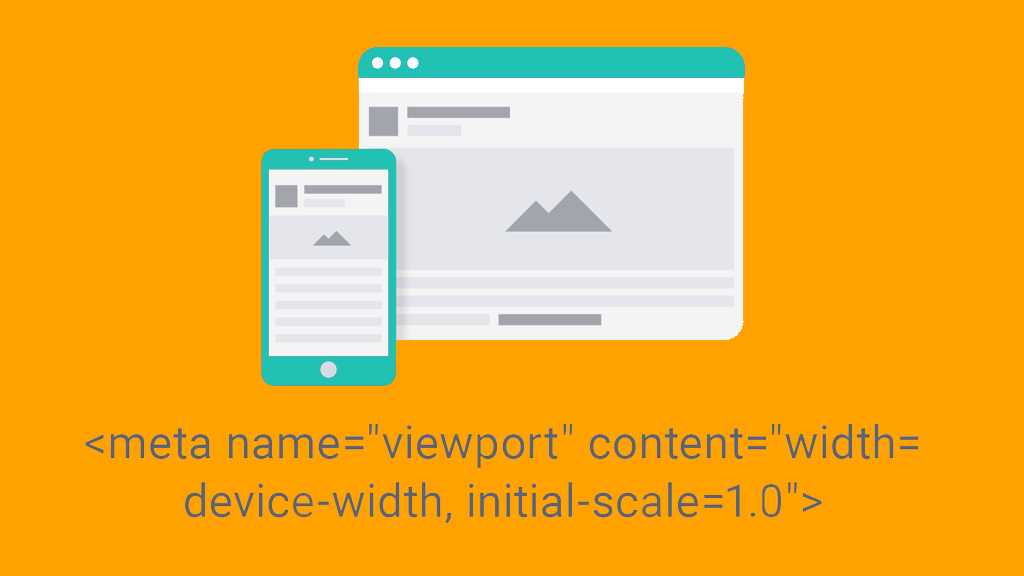
About 48-percent of people will use a mobile search to find information regarding a product or business. This indicates you need to focus attention on responsive and mobile designs. Generally, it is vital to have a mobile friendly website to succeed today. Note that it is essential that Google puts emphasis on websites that are mobile-friendly. And if you do not have something readily accessible that people can view from a hand-held device, it will show your rankings in search.
Fortunately, utilizing content management systems such as WordPress already promotes a responsive design automatically. This indicates you have less to worry about in terms of letting Google know your site is ready for smartphones and tablets.
Alt Tag and How it impacts search engines

An essential part of engaging the audience is deploying images. In fact, you can get about 94-percent more views if you use graphics in your articles. Sadly, search engines cannot determine what images are trying to convey. That is when the Alt tag (alt text) comes into play. Whereas the main aim of img tag is web accessibility, the SEO goal of the alt attribute is image indexing.
Looking at the following tag:
Img src=cooking. Jpg
This tag informs web browsers what image to show in the content. However, what about search engines?
Img src= Cooking. Jrg alt txt=cooking beef and onions
The alt attribute of this HTML tag tells search engines the photograph is about cooking beef with onions.
Without the ALT tag, search engines do not know what the photograph is about. And this could lower exposure during image searches. From an SEO viewpoint, alt txt is a big part of how images are indexed in Google search. Thus, if there is a visual component to what you do, be it the images of your work, products, and stock images, you should consider utilizing alt texts. But do not use image alt tags for decorative images> Use them for:
- Photos of team members
- Screenshots
- Your website logo
- Infographics
- Diagrams
- Images of merchandise
Link Building

Getting high-quality backlinks is only a part of SEO. You also have to focus on internal links as well as connecting to external sites. In today’s SEO, links are crucial, mainly to your own content. Think of it as a vote for posts. Just ensure you are linking to content that supports and expands the article. Links help search engines figure out what that page is going to be about, and they utilize it in their algorithm to understand what your entire site is about and the pages they should serve to their users. Linking out to something that is not relevant to your topic can cause search penalties. One area you might want to consider is utilizing nofollow links. This develops a link to a webpage but informs search engines to ignore the connection. In simple words, you will not help boost the domain authority of an external website.
Typically this is done by adding the Nofollow attributes in case.
<A href=http://somerandomswebsite.com/” rel=nonfollow>your anchor texts</a>
The link will still work; however, search engines will not follow it. It is good for sharing links with readers without supporting the SEO of the other page.
The Robots Tags

The robots tag is a beneficial element if you want to prevent specific articles from being indexed. These can stop crawlers from sites such as Google from accessing the content. Why would you want to do that? Since some articles might not be the most affluent for rankings. For example, what if you have a post that you want to share with readers; however, it is kind of lacking in terms of real quality value. In that case, you would use a tag like:
Meta name= robots content =noindex, nofollow
In this case, Google will not index the content nor follow any of the links. You want to be careful when utilizing these HTML tags for SEO, though. You do not want to harm your rankings for a certain page accidentally.
Schema Markup
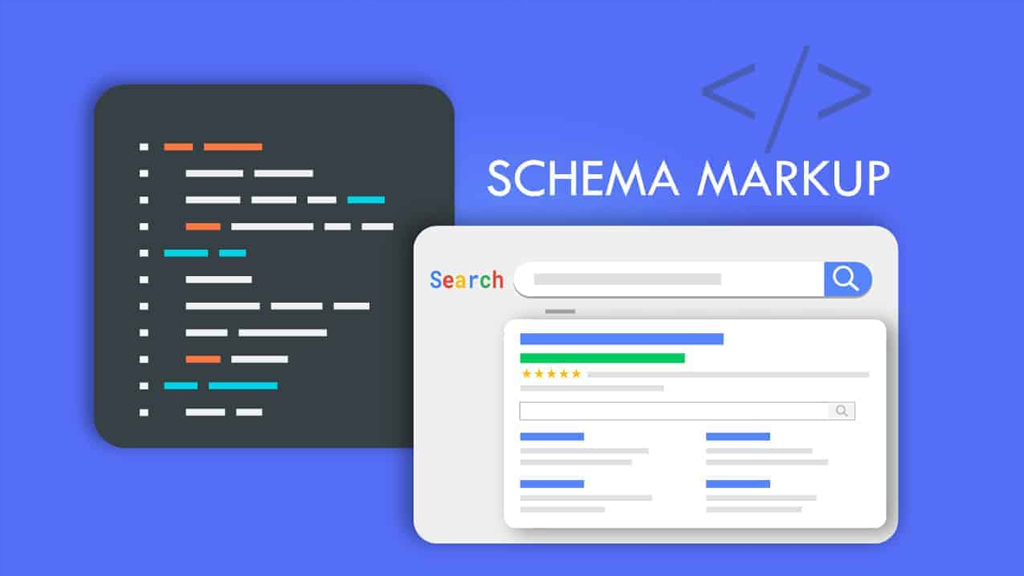
Schema markup, breadcrumbs, and structured data are utilized to enhance regular SERP snippets with rich snippet features. Schema.org hosts a collection of tags developed jointly by Google, Yahoo< Bing, and Yandex, and the tags are utilized by webmasters to provide search engines with extra information about different kinds of pages. In turn, search engines utilize information to enhance their SERP snippets with various rich features. There is no certainty as to whether utilizing Schema markup improves one’s chances of ranking- there is no question; however, that the resulting snippets look much more attractive than regular snippets, and therefore improve one’s standing in search.
Meta Robots Tags
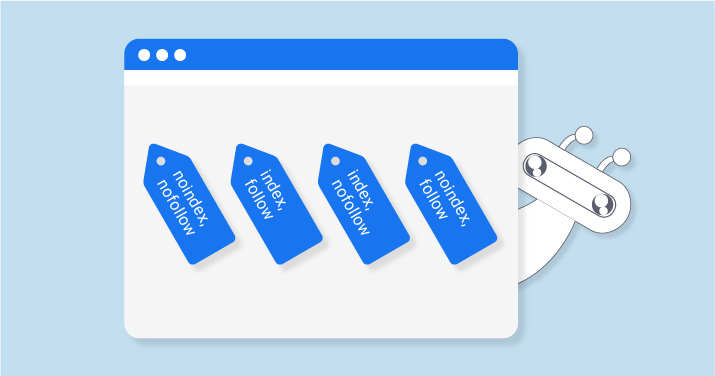
Meta robot tag is all about the rules and guidelines of engagement between the search engines and websites. This is where owners get to outline a set of rules for crawling and indexing their pages. Some of these rules are obligatory, whereas others are more like suggestions- not all crawlers will respect robots’ meta tags; however, mainstream search engines often will. And if there are no meta robots tags, then the crawlers will do as they please.
Meta robots tags should be placed in the head section of the page code, and they should specify which crawlers they address and which instructions should be applied:
- Match instructions to your goals: You would want to utilize robots’ meta tags to keep search engines from internal search results, indexing documents, staging areas, and whatever else you do not want to show up in search.
- Address robots by name: Use robots if your instructions are for all crawlers; however, specific names to address individual crawlers.
Here are examples of the commands that can be utilized in the meta robots tag:
| index, nofollow | Index the content of the page; however, do not follow any links from the page. |
| follow | Don’t follow any links from the page, and also, don’t take link juice into account when calculating rankings. |
Robots.txt vs. Meta Robots Tag
| Meta Robots Tag | Robots.txt |
| Typically Meta robots tags get into the nitty-gritty of a particular page. | Robots.txt files instruct crawlers about the whole site. It is a part of the robots exclusion protocol. |
HTML5 Semantic tags
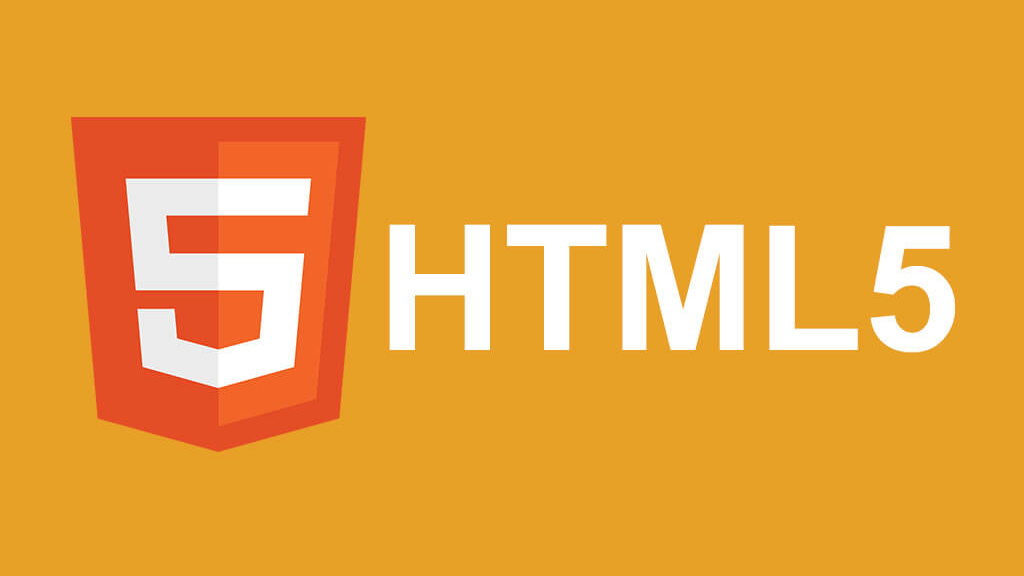
HTML5 elements are utilized for better descriptions of various page components. Before introducing HTML5 elements, people mostly used div tags to split HTML code into separate components and then classes and ids to specify those components further.With the introduction of semantic HTML5 elements, there are a set of intuitive tags, each describing a separate page component. So, rather than tagging content with many confusing divs, you now have a way of describing the components in a simpler understandable standardized way.
HTML code:
Below are some of the hardest semantic HTML5 elements, utilize them to improve your communication with search engines:
- Header: isolates the top of the document, selection, articles, may comprise of navigation
- Aside: Isolates supplementary content that is not part of the main content
- Section: Isolates a group of posts within a blog or a group of headings within a post
- Article: Isolates a post from the rest of the code, makes it portable
How To Optimize Your HTML Tags: Checklist

- Do not forget to mark up your images with alt text.
- Start paying attention to your headings and how you structure your content.
- Check if all your pages and your content have meta descriptions and title tags. Bear in mind that Google sometimes ignores the meta description tag and instead quotes a bit of copy from the page. This happens when the quote is a better match for a specific search query than the meta description would have been.
- Utilize robot meta tags to guide search engines on how they can access your content.
- Search for duplicated content
- Create a checklist of the steps that you require to repeat when you create new content
These are some of the basic HTML tags for SEO to worry about today, even though some of them are on their way out. With search engines getting ever smarter, there is less and less need for HTML tag optimization since most things can now be deduced algorithmically.
